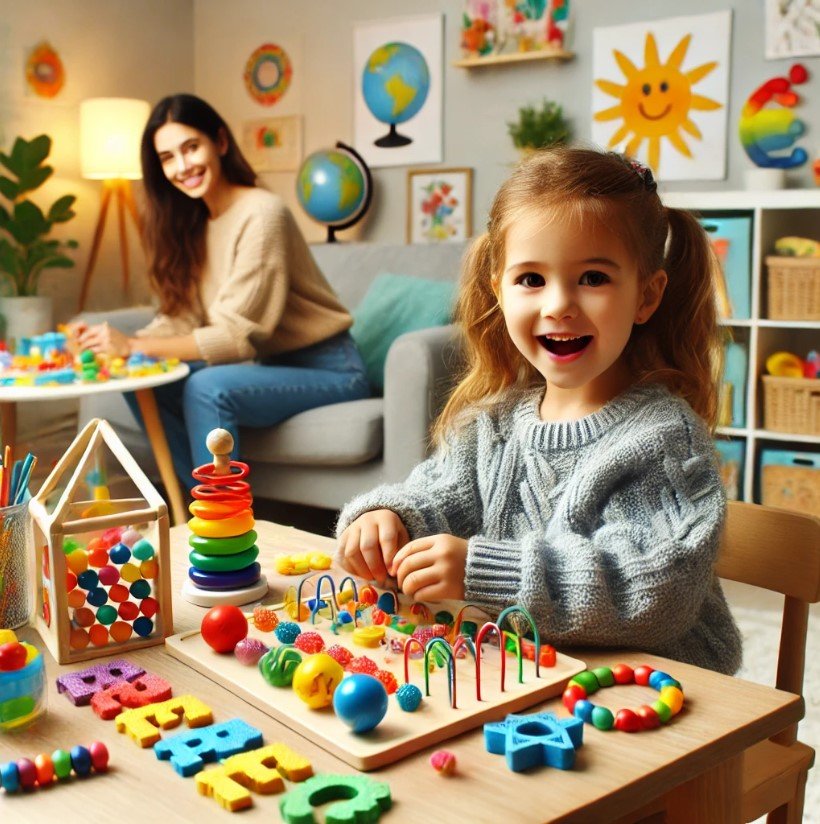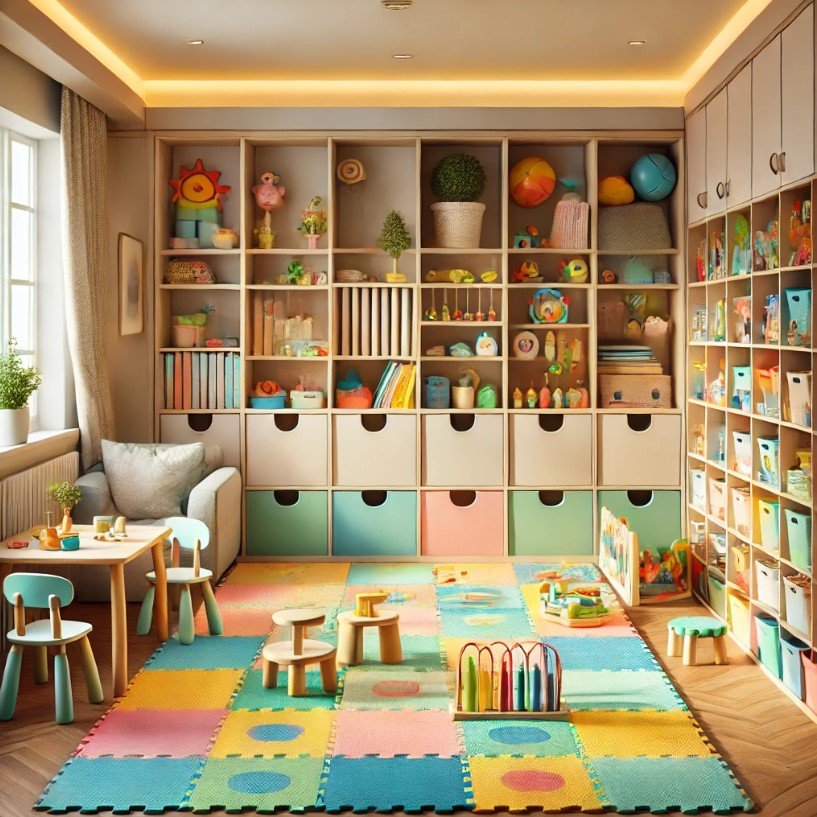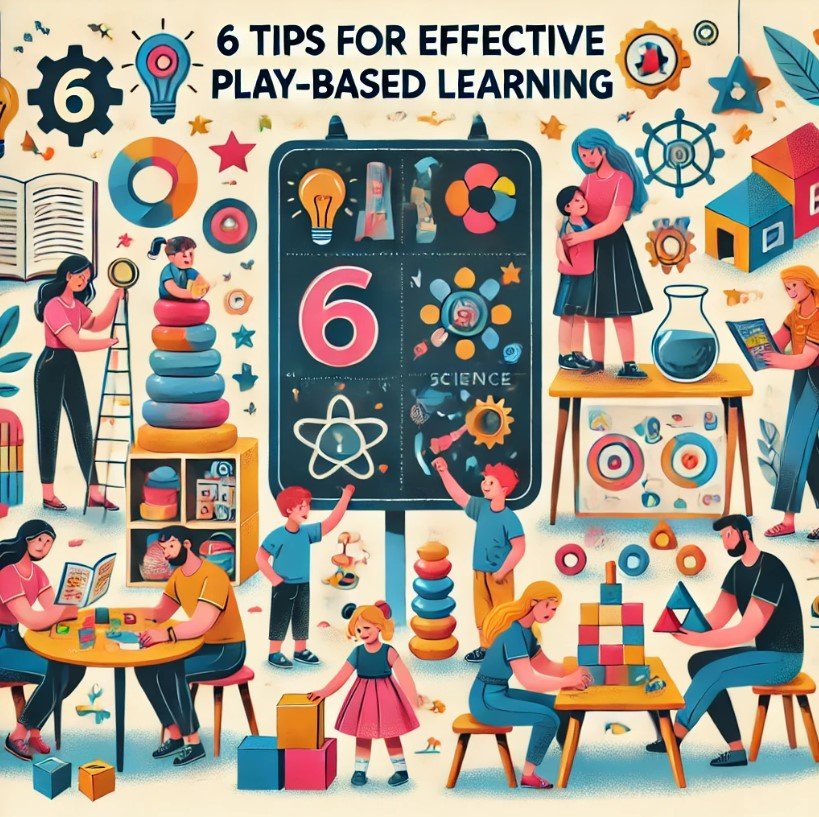Is Your Child’s Brain Lopsided?
Have you ever looked at your child and wondered, “Why do they think like that?”
Well, the answer might just be in their brain’s lopsidedness! Yes, you heard that right—lopsidedness. Let’s dive into what that means and how you can help your child thrive, no matter which way their brain tips!
Understanding Your Child’s Brain: More Than Just Left or Right
First, let’s imagine the human brain for a moment. It’s about three pounds of squishy, walnut-looking stuff, with two halves (or hemispheres) working together in a pretty unique way. Most animals have brains divided into two hemispheres, but humans have a special twist: our brains are often asymmetrical, or “lopsided,” with one hemisphere being slightly bigger than the other.
For most of us, the left hemisphere is the bigger one. This asymmetry isn’t just a quirky feature; it’s actually a big part of why humans are so good at complex speech and analytical tasks. But here’s the kicker: not all of us have the same degree of lopsidedness, and that difference affects how we think and learn.
Left Brain vs. Right Brain: It’s Not That Simple
You might have heard that “left-brained” people are analytical and “right-brained” people are creative. There’s some truth to this, but it’s not the whole story. Your child’s strengths aren’t just about which hemisphere is calling the shots. It’s more about how lopsided their brain is—how much more one side is involved in processing information than the other.
A child with a more lopsided brain might lean on their left hemisphere’s strengths, like breaking down problems into smaller parts (think of it as building a Lego castle one brick at a time). Meanwhile, a child with a more balanced brain might use their right hemisphere’s ability to see the big picture, like guessing the end of a story after hearing just a few key points.
How Lopsidedness Affects Problem-Solving
So, what does this mean for your child in everyday life? Well, if your child’s brain is more lopsided towards the left hemisphere, they might excel at tasks that require detailed, step-by-step thinking. Think of your child as the Sherlock Holmes of their math homework, solving each equation with laser-focused attention to detail.
On the flip side, if your child’s brain is less lopsided and more balanced, they might be better at connecting the dots between seemingly unrelated pieces of information. This could make them great at understanding the overall theme of a book or finding creative solutions to complex problems. They might see the forest for the trees, while their left-leaning peers are busy examining the bark.
Is Your Child’s Brain More Lopsided or Balanced?
Curious about your child’s brain lopsidedness? Here are some fun, quick ways to get a sense of it. Observe your child during these everyday activities:
– Brushing teeth: Do they always use the same hand, or can they switch it up?
– Writing with a pen or eating with a spoon: Is there a dominant hand at play?
– Opening a jar or box: Do they instinctively use their dominant hand, or could they use either?
– Looking through a microscope or a camera’s viewfinder: Is there a preferred eye?
If your child strongly favors one hand or eye for these tasks, they might have a more lopsided brain. If they’re more flexible, switching hands and eyes without much fuss, their brain might be more balanced.
How to Help Your Child Make the Most of Their Unique Brain
Now that you know a bit more about how your child’s brain might be wired, let’s talk about some practical tips to help them use their unique brain power to their advantage.
1. Celebrate Their Strengths: Whether your child is detail-oriented or a big-picture thinker, celebrate their unique strengths! If they’re more left-brained, engage them in activities that involve puzzles, detailed drawings, or step-by-step problem-solving. For the more right-brained, encourage activities that require creativity, like storytelling or drawing.
2. Encourage Flexibility: Even if your child’s brain is lopsided, encourage them to use both sides. This can be as simple as having them practice using their non-dominant hand for simple tasks, like brushing their teeth or throwing a ball. This helps build neural connections that make both hemispheres work together more effectively.
3. Mix Up Learning Activities: Don’t just stick to one style of learning. Mix up activities that cater to both left and right-brain strengths. For example, combine math (a left-brain activity) with storytelling (a right-brain activity) by asking your child to create a story about numbers or to explain their math homework as a narrative. Open Ended Play tools and activities are great option to consider.
4. Use Games and Play: Games are a fantastic way to engage both sides of the brain. Puzzles and strategy games like chess can boost analytical skills, while drawing, music, and role-playing games can foster creativity and big-picture thinking.
5. Model Balanced Thinking: Show your child how to approach problems from different angles. If they’re struggling with a detail-heavy task, encourage them to step back and think about the overall goal. Conversely, if they’re stuck in a big-picture mindset, guide them to break down the problem into smaller, manageable parts.
6. Encourage Reflection: Help your child become aware of their thinking process. After completing a task, ask them how they approached it. Did they focus on details first or consider the overall picture? This self-awareness can help them develop a more balanced approach to problem-solving.
Conclusion: Embrace the Lopsidedness!
At the end of the day, there’s no right or wrong way for a brain to be “lopsided” or balanced. Every child’s brain is unique, and understanding their natural tendencies can help you support their learning and development in the most effective way. So, embrace your child’s brain—whether it’s all about the details or loves the big picture—and help them use their strengths to navigate the world around them.
It’s not about changing your child’s brain but helping them leverage the incredible, unique mind they already have. And who knows? You might just learn a thing or two about your own brain along the way!













LEAVE A COMMENT